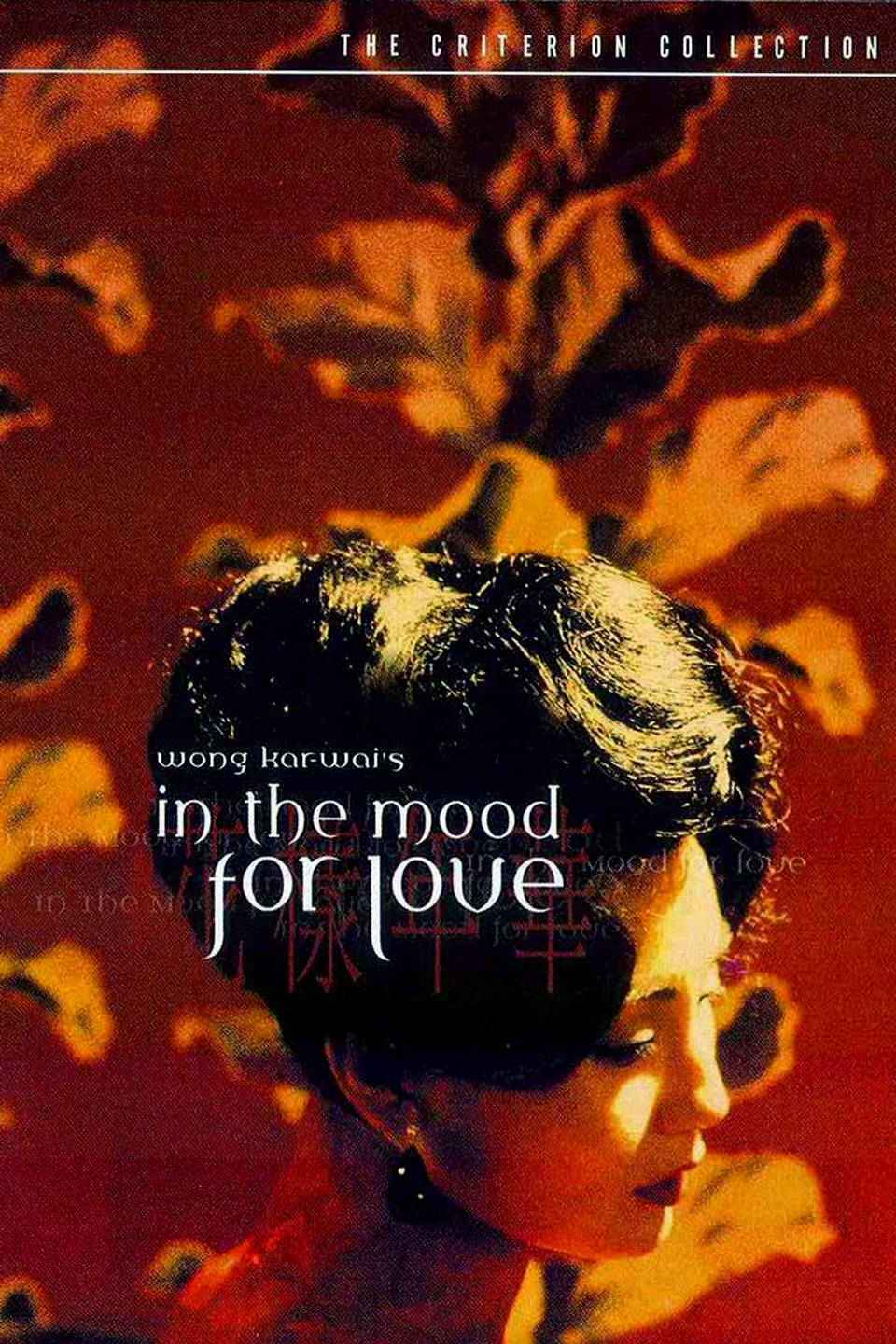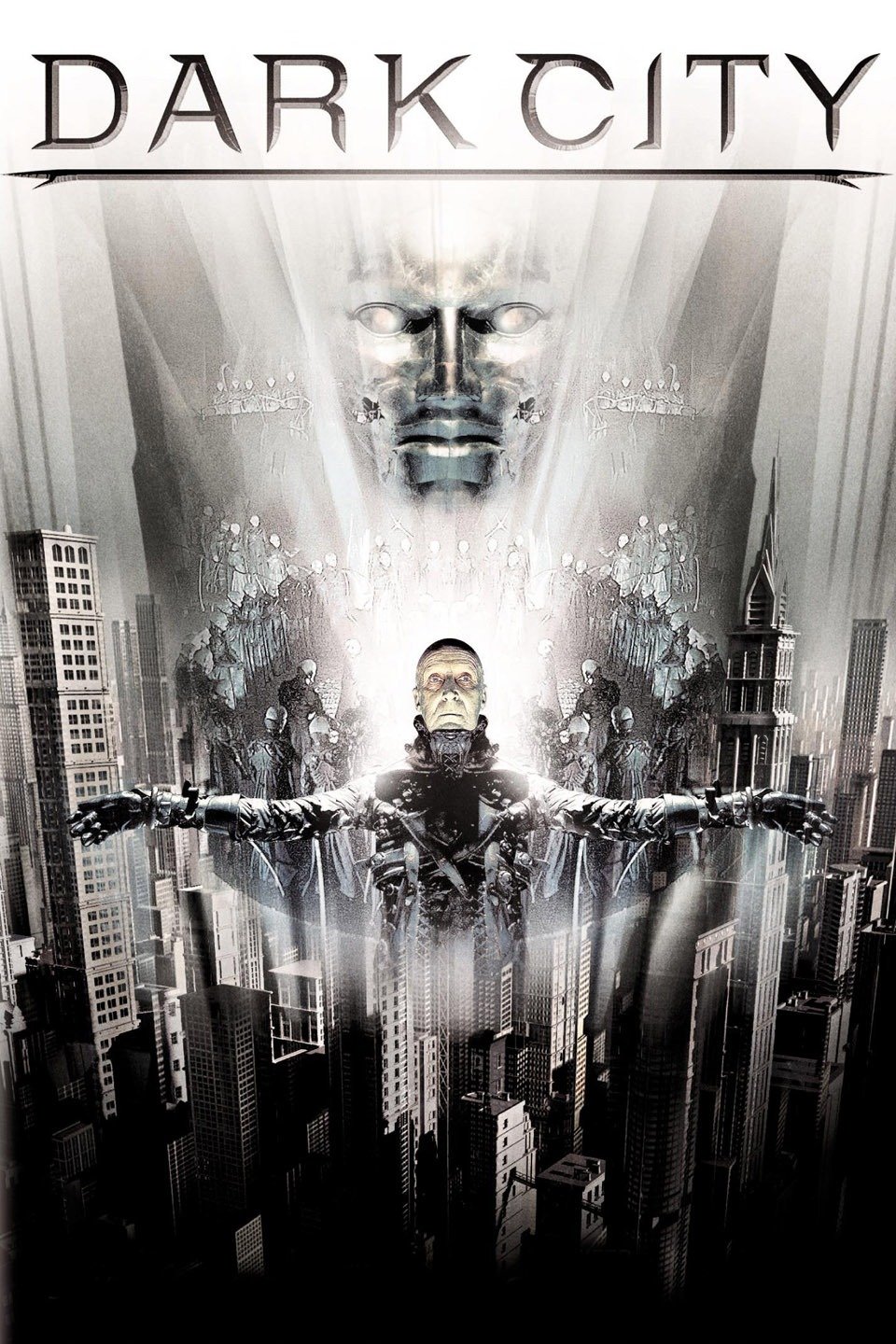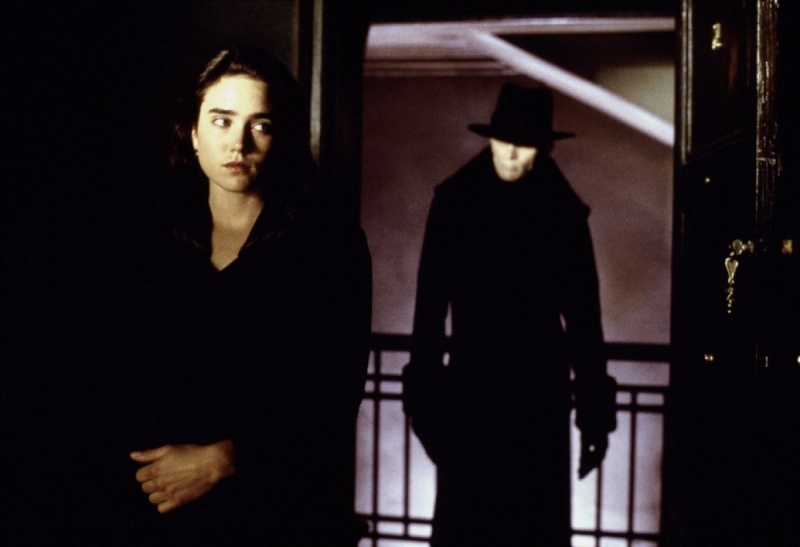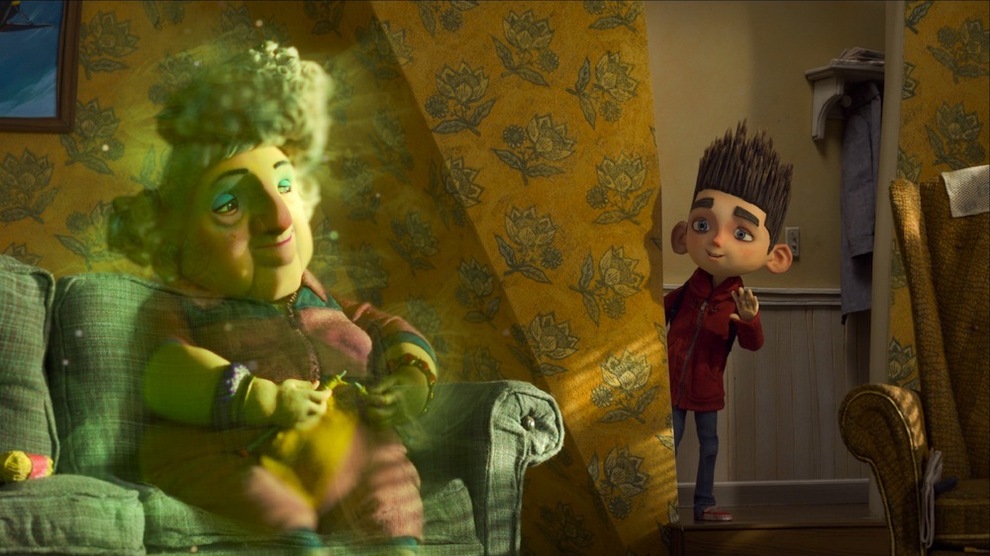Sunday, 24 July 2016
In The Mood For Love
World War I had given a big impact to the French film industry, which many film studios were forced to shift to wartime uses and the export was halted (Bordwell. D & Thompson. K, 2009). The American films started to replace the French's and dominated the market by the end of 1917. This encouraged the young film directors to take a new step, they claimed that the cinema should be an art that purely itself, an occasion for the artist to express feelings, like poetry, painting and music. They started to experiment with cinema in a ways that posed an alternative to the dominant Hollywood formal principles. They perceive the cinema as an art of emotion which dominated intimate psychological narrative.
Impressionist films explore psychological causes, gives narration considerable psychological depth, reveals the play of a character's consciousness, concerns mental states, dreams and fantasies. It manipulate plot time and subjectivity by showing flashback to depict memories. Impressionist films also use cinematography and editing to show the visual depiction of mental states. Irises, superimpositions, masks are used to indicate characters' thought and feelings. Distorted or filtered visuals and vertiginous cam movement are used to show dizzy and drunkenness. To intensify the subjectivity, the Impressionists' cinematography and editing present characters' perceptual experience, their optical impressions, by using point-of-view shots. The Impressionist also experimented with pronounced rhythmic editing to suggest the pace of an experience as a character feels it in particular situations. New means of frame mobility is developed by Impressionist by tying cameras to cars, carousels, and locomotives, to create smooth camera movements. In The Mood For Love (2000) is a French Impressionist inspired film directed by Wong Kar Wai, and it will be discussed further.
This film is about a journalist, Mr Chow who move into a Hong Kong apartment with his wife and Mrs Chan is moving into the next unit on the same day. Their friendship has slowly developed and both realized their respective spouses are having affair with each other. Their curiosity drives them to rehearse on their spouses to find out how they have an affair. Soon both of them are in love, however, they are both stopped by the moral stand of not being unfaithful spouse.
Director Wong put a lot of effort in the mise-en-scene of this film to present the characters' inner psychological states. There are a scene where Mr Chow is sitting in the office. He lights up a cigarette and his body language shows that he is figuring out in something. The shot at the back of Mr Chow with the smoke floating above his head is showing his inner thought that is unclear, confused, clouded like the smoke.
The repeating shots and background music in the scene of the noodle stall shows both Mr Chow and Mrs Chan are stuck in a repeating routine. Besides, the slow motion effect is reflecting that they are having a hard time without their spouses respectively, which causes them to feel the time is going slowly. The montage of Mrs Chan walking up and down the stairs in the hotel is reflecting on her struggle between meeting Mr Chow or not to. There are some freezing shots that can be found in this film, which is meaning that the moment has become a memory.
When Mr Chow and Mrs Chan are together, there will be some shots that show the mirror reflection of them. The director is using the mirror to tell that they are reflecting on their cheating spouses as they are pretending to be them. With the peeping camera movements, it is reflecting on their feeling of afraid on how people see them. The hotel room montage of Mrs Chan helps Mr Chow on writing his novel, the camera shots show the feeling of they love each other but afraid to admit it. The camera movements and the mirror reflections of both of them are like taking glimpses on someone who you love.
Last but not least, the scene where showing the history of Cambodia is to show the time frame of the event. Mr Chow goes to a temple and find a hole on the wall, he whispers all his secrets into the hole and fill it with mud. After he leaves the temple, there is a established shot of the temple with creepy background music, which convey a message of there are many secrets from different people and generations in the temple.
In conclusion, In The Mood Of Love is a piece of art that create by the director with emotions that are beautifully presented on the screen. The props and setting perfectly shows the beauty of 1960s in Hong Kong and the characters' inner thoughts are also well presented in an artistic ways.
Saturday, 16 July 2016
Dark City
In the early 20th century, several film movements appeared, which bring different unique styles in filmmaking. German Expressionism a film movement which emerged in Germany during the years 1919 to 1924 (Hayward. S, 2013).
At the beginning of World War I, the German film industry had very small output although some impressive pictures had been made there. Movie theaters in Germany were mostly playing American, French, Italian, and Danish films (Bordwell. D & Thompson. K, 2009). German films were banned in America and France cinema. German government then began to support film industry to combat the imported competition, as well as to create its own propaganda films. In 1919, Carl Mayer and Hans Janowitz wrote a unconventional script, The Cabinet of Dr. Caligari and they want it to be made in an unusually stylized way. Hermann Warm, Walter Reimann, and Walter Rohrig suggested that it be done in an Expressionist style. Because of the success of The Cabinet of Dr. Caligari (1920), other films in the Expressionist style soon followed. German Expressionist is different with French Impressionism, which bases it style primarily on cinematography and editing, it depends heavily on mise-en-scene, it is like a moving Expressionist painting or woodcut print. Shapes are distorted and exaggerated unrealistically for expressive purpose. Actors often wear heavy make up and move in jerky or slow, sinuous patterns. All of the elements of the mise-en-scene interact graphically to create an overall composition. Expressionism became an acceptable style and it often functioned to create stylized situation for fantasy and horror stories. Dark City (1998) is an Expressionist film to be analysed.
Dark City is an American science fiction film directed by Alex Proyas. The story is about a man, John Murdoch who awaken alone in a strange hotel to find that he is wanted for a series of brutal murders, but he lost his memory. Murdoch starts to find out his identity and solve the mystery. He then stumbles upon a fiendish underworld controlled by a group of ominous being collectively known as the Strangers.
The first German Expressionist style that presented in the film is the low key lighting and high contrast visuals in the film. It is functioned as to generates the sense of mystery to audience and enhance the investigative nature of the whole film.
Primitive sexual savagery is seen from the depiction of primal and beastly instincts of Mr. Hand. He is one of the strangers who is sent to hunt Murdoch down. All the female victims that said to be killed by Murdoch are killed by him and he likes to craft on the victim's body after killing them.
Distorted setting can also be found in the film during the tuning. The tuning is when the strangers starts to make every citizens to fall asleep, wipe their memories, change the structure of the city. The building are spinning and changing which create distorted setting.
Distorted building.
Last but not least, the gothic and dark appearance of the strangers. They are pale, bald, wear only black colour clothing and have stiff, rigid, and constricted movement. Their walking movement that are reminiscent of the Somnambulist in The Cabinet of Dr. Caligari (1920).
Dark City is characterized as a German Expressionist film with all the stylized mise-en-scene presentation in the film.
Wednesday, 6 July 2016
ParaNorman
Film genres are evolving and improving from time to time as the third condition of genre is 'be innovative', film makers can use their creativity to present a genre on the screen without changing the universal language or the traditional elements of the genre.
There are some traditional genre that started in the early stage of film making and horror is the most recognizable by the emotional effect it tries to arouse. The horror film aims to shock, disgust, repel, also known as to horrify (Bordwell. D & Thompson. K, 2009). What horrify the audiences in a horror film is the monster in the screen, it is a dangerous breach of nature, a violation of our normal sense of what is possible. The monster can be unnaturally large like King Kong; might violate the boundary between the dead and the living, as vampires and zombies do; might be an ordinary human who is transformed like Dr. Jekyll becomes Mr. Hyde after drinking his portion; or something unknown to science like the creature in Alien film. The iconography of the horror film includes setting where monsters might be expected to lurk such as the old house where the family moves in in The Conjuring (2013). On the other hand, slasher subgenre has made superhuman killers invade everyday settings such as summer camps and suburban neighbourhoods.
Postmodernism is a term that came up in the late 1960s. It comprehended as an historical condition that contained social, political, cultural agendas and resonance and also can be described as an attitude of a mentality of ‘anything goes’, therefore nothing works, or the questioning of the modernist ideals of progress, reason and science. Postmodernism is a concept of ‘think out of the box’, which challenge the tradition or system of the way of how things are. This motivates the filmmakers to try something new in filmmaking such as mixing genre. ParaNorman (2012) is one of the representation of postmodernist film and will be discussed.
ParaNorman (2012) is a 3D stop-motion animated film that is about a kid named Norman who has the ability to talk to the death. One day, he receives word from his strange Uncle Prenderghast that a centuries-old witch's curse on their town is real and about to come true and Norman is the only one who can stop it. After the dead of Uncle Prenderghast, Norman starts his adventure with Courtney, Mitch, Neil and Alvin to save the town from the curse.
This is a stop-motion animated horror film with the subgenre of unnatural because it consists of ghosts and zombies. The first example of ghost that appears in the film is Norman's grandmother who tell him that she feels cold in the living room. Norman then ask his father to turn up the heater but his family do not believe him and tell him that his grandmother is dead.
Action genre can also be found in this film as there is a scene where Norman and Alvin is running away from the zombies from the grave yard, where the monster is expected to lurk, to Uncle Prenderghast's house, then get in Mitch's car and run to the town.
There is also comedy genre in this film, which is brought by Neil, the cute little fat kid. There is one scene in the town hall where everyone of them decide to leave Norman but Neil choose to stay and tell Mitch that no one can move him, but Mitch just take him up like a baby and walk out.
With all the different kind of genre in this film, this clearly shows that ParaNorman (2012) is a postmodernist film.
With all the different kind of genre in this film, this clearly shows that ParaNorman (2012) is a postmodernist film.
Subscribe to:
Posts (Atom)









